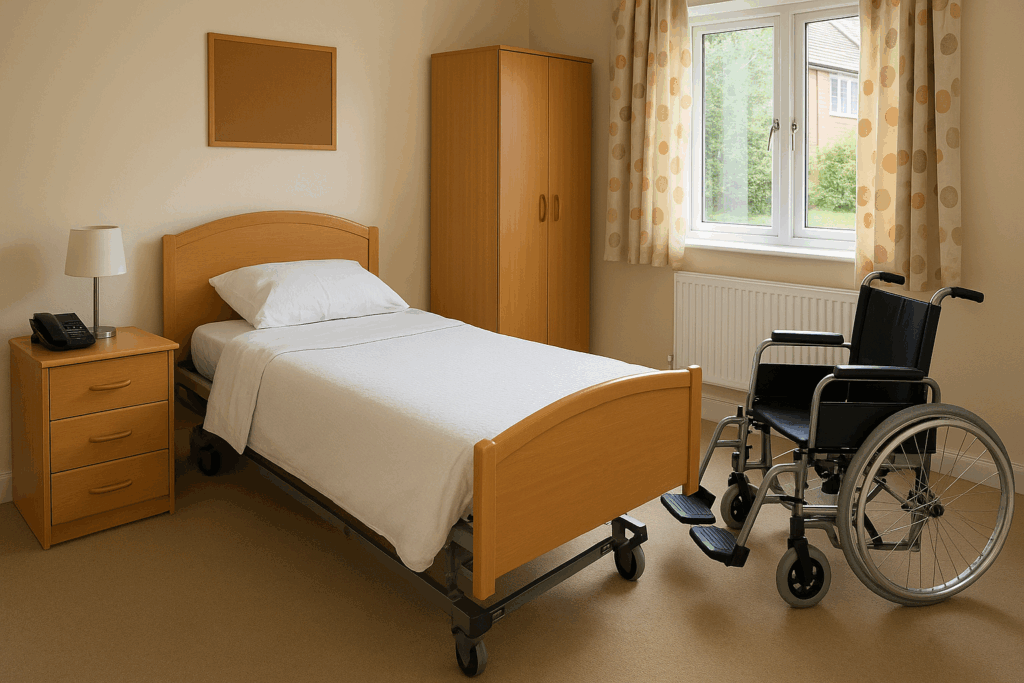
Residential care homes and nursing homes
Housing options for people with higher support needs.
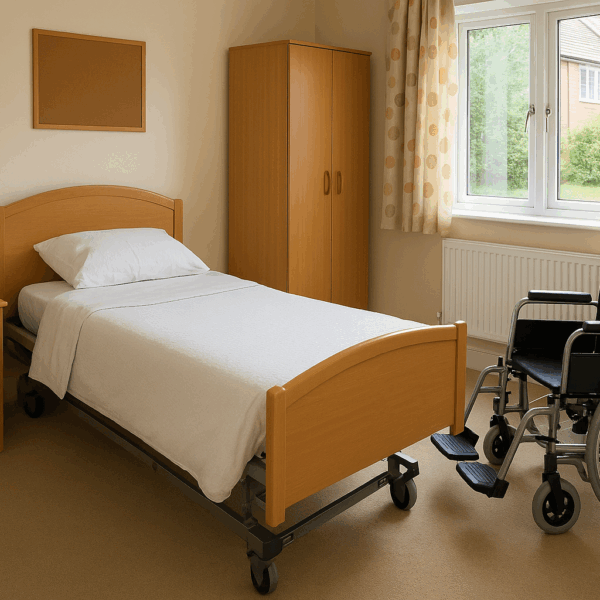
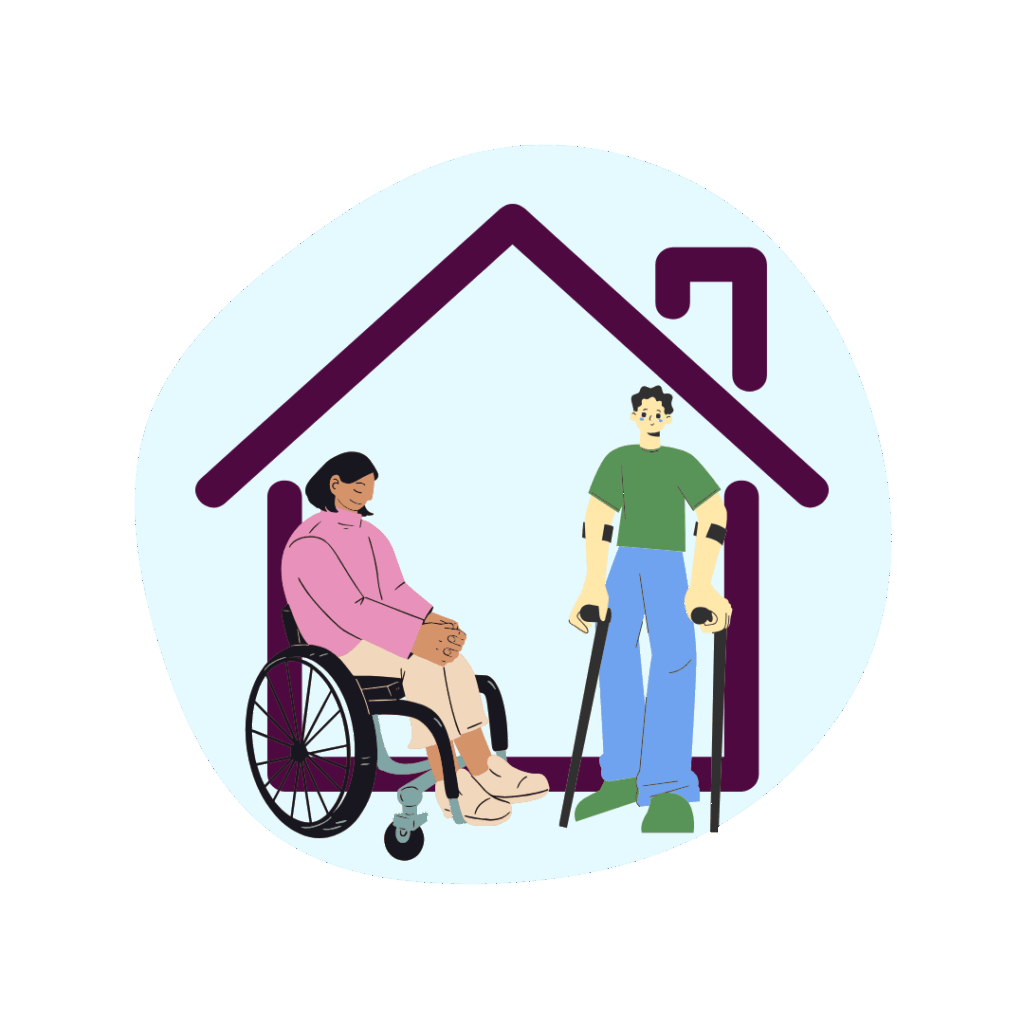

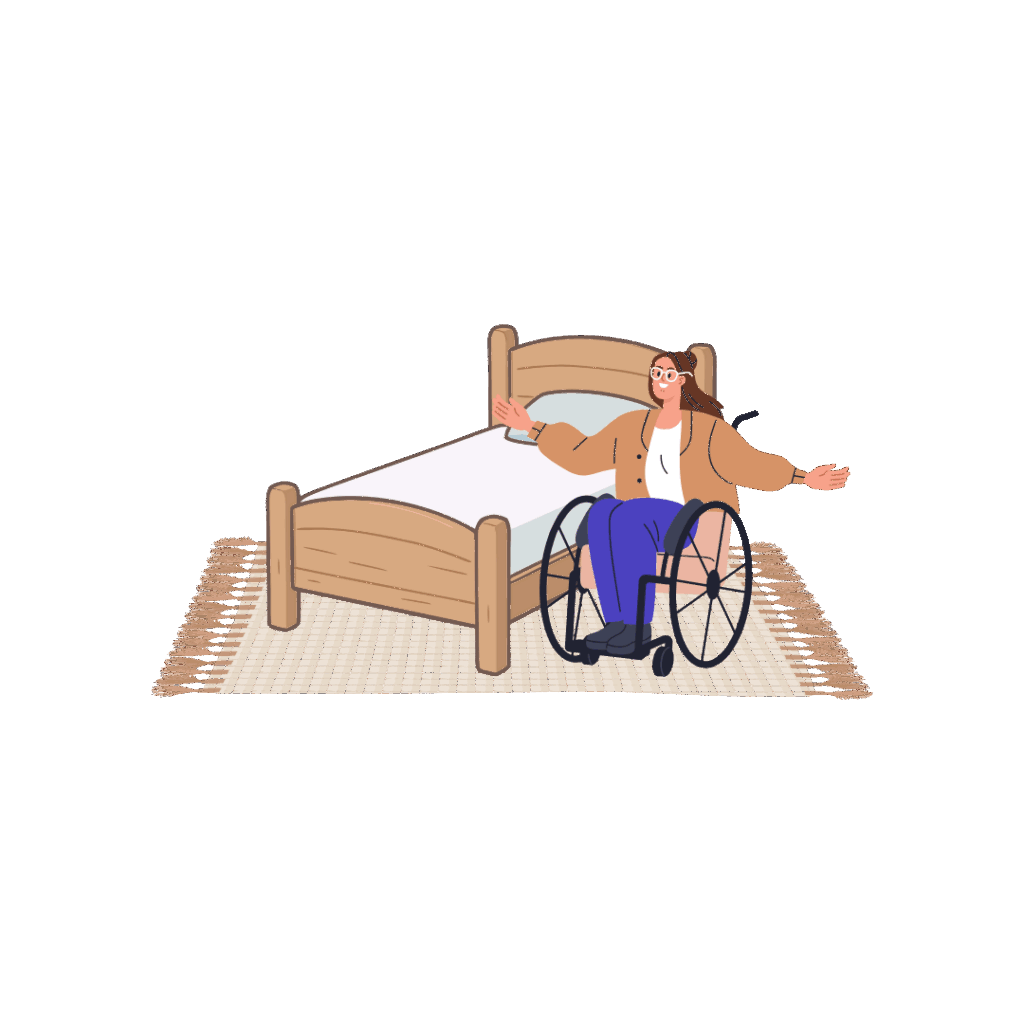
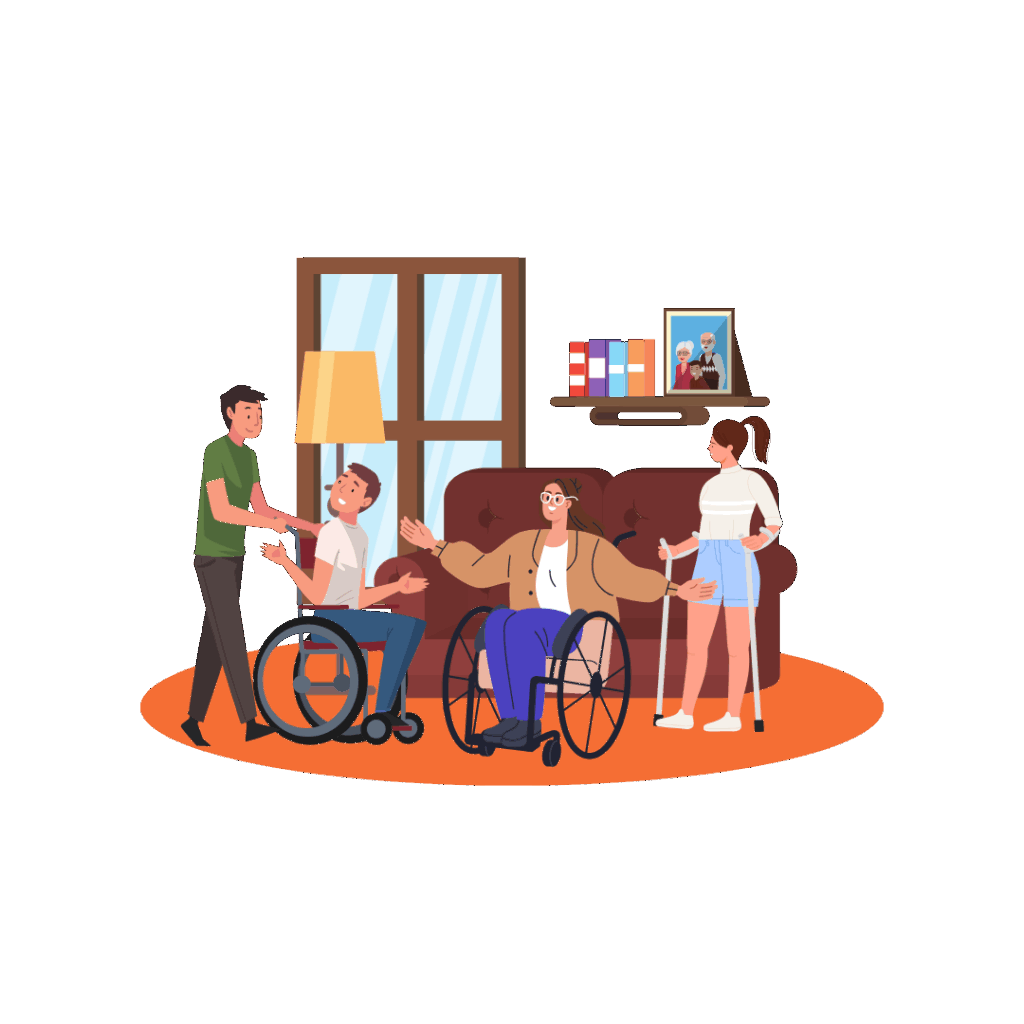
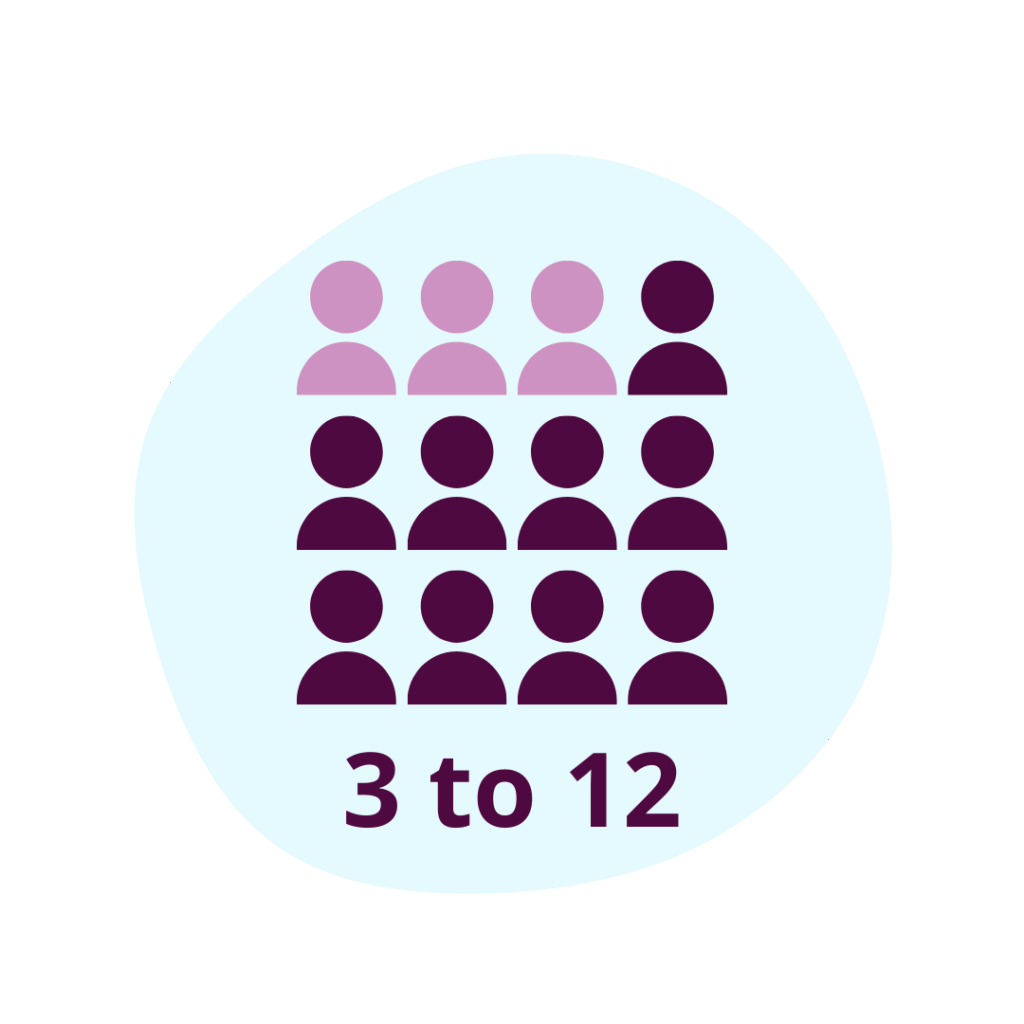
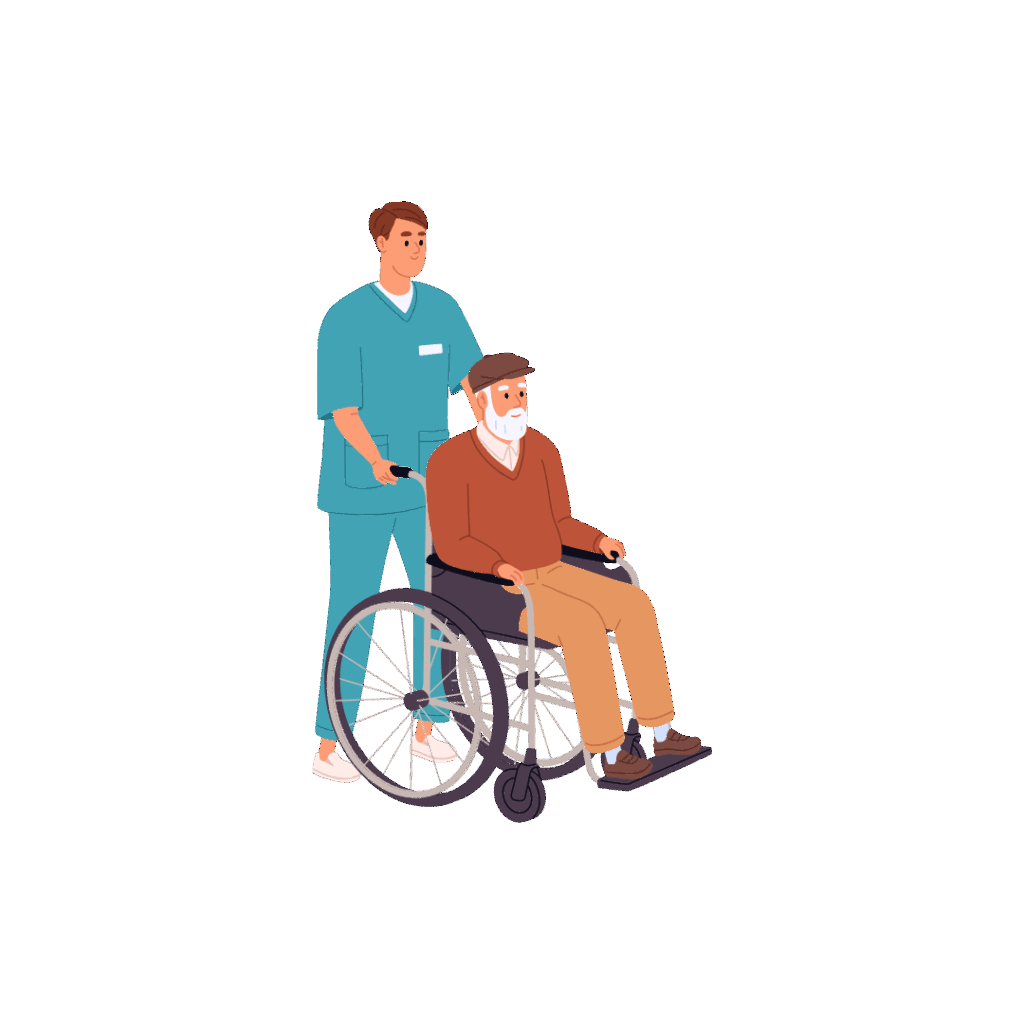

What’s good about residential care?
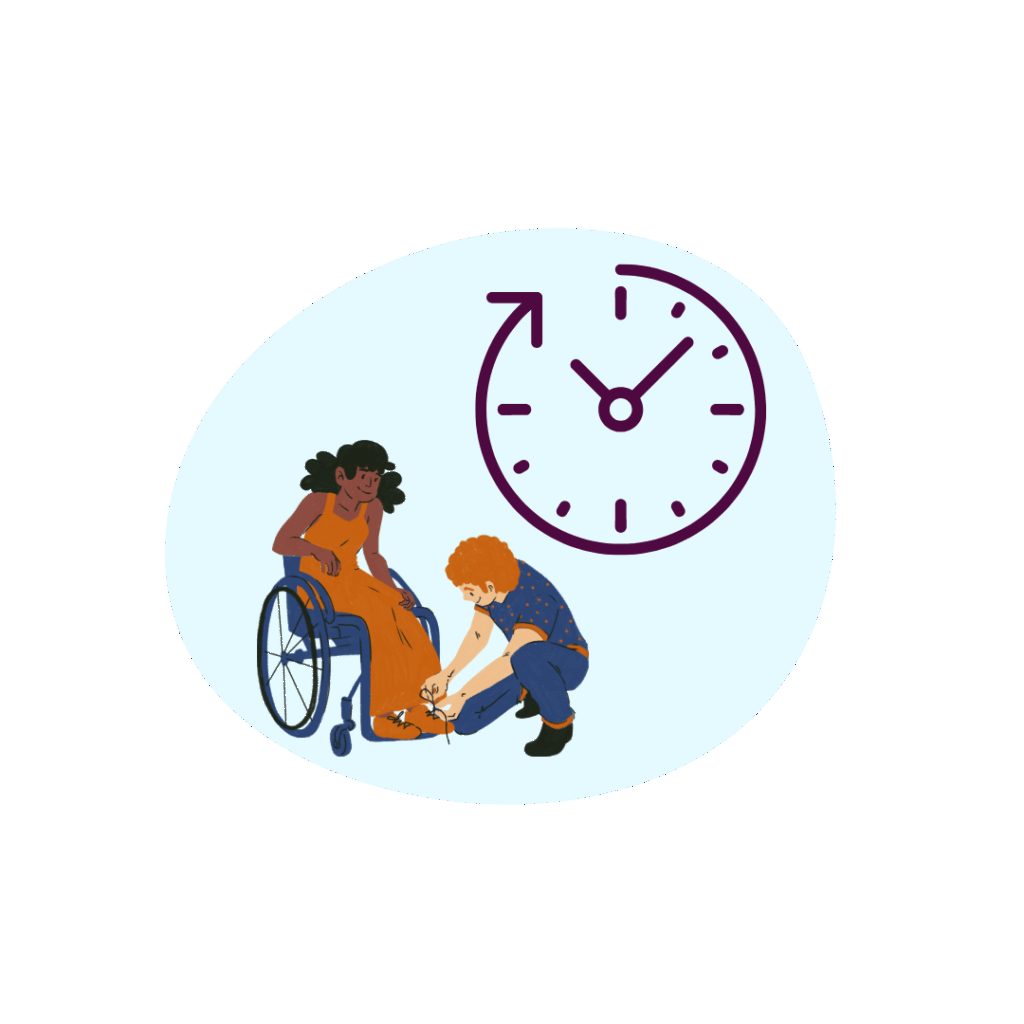


What’s bad about residential care?
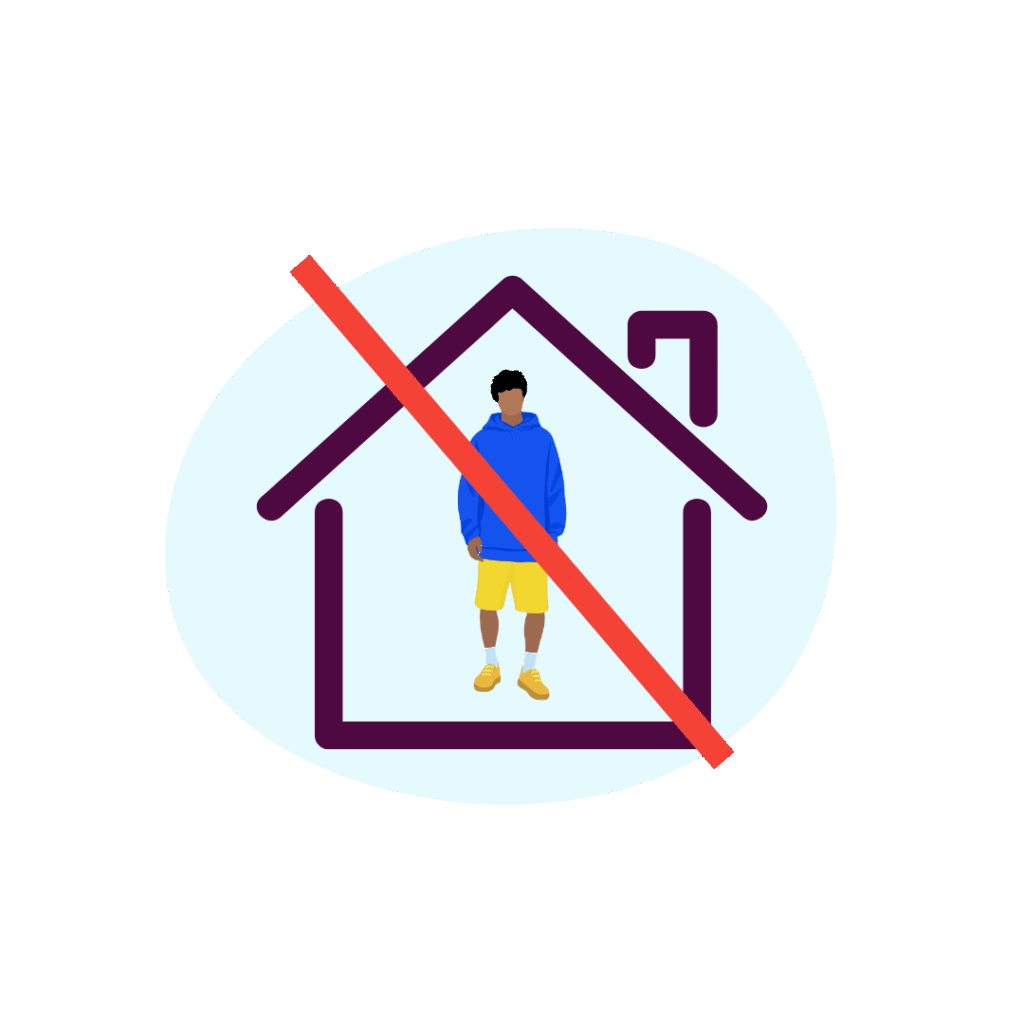




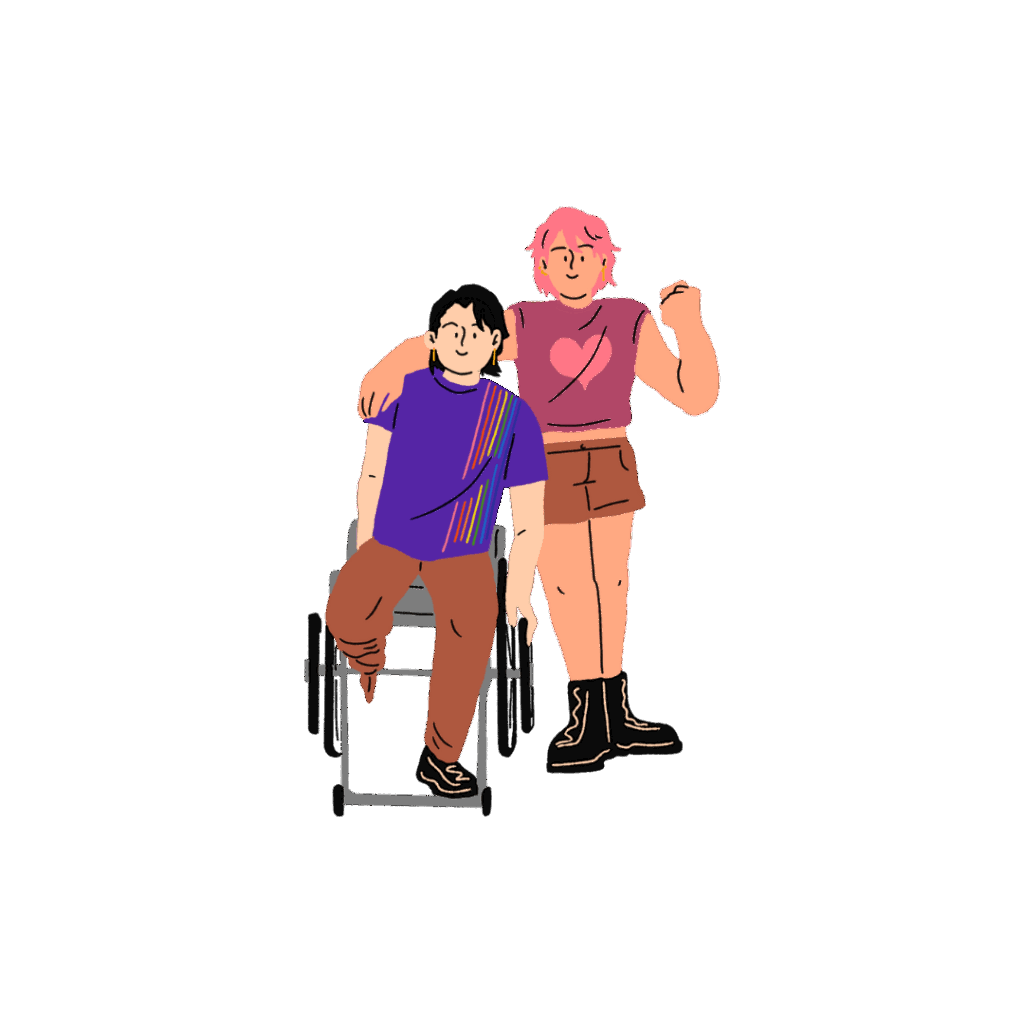

How do I access residential care?




You can live in a care home with other disabled people with similar disabilities.
Care homes are usually for people who need a higher level of direct support with personal care and daily living, usually 24 hours a day.

You will have your own bedroom and sometimes your own bathroom, but the rest of the living areas are shared with the other residents. You won’t have any choice over who you live with.
Care homes are often quite small, with 3 to 12 residents.
How long can I live there?
Depending on your needs, you could stay in a care home long term.
How much does it cost?
If the council decides you are eligible to move into residential care, they will assess your finances to see how much you can afford to pay.
You will likely be left with very little personal income, as nearly all your money will go toward paying for your support and care. The council will pay for the rest of the accommodation and care costs.
What’s good:
![]() 24 hour care for high support needs
24 hour care for high support needs
![]() all support and housing costs are covered by the council package
all support and housing costs are covered by the council package
What’s bad:
![]() lack of independence
lack of independence
![]() no choice over who you live with – you might not get on
no choice over who you live with – you might not get on
![]() requires adult social care assessment
requires adult social care assessment
![]() less rights and privacy than when renting
less rights and privacy than when renting
![]() low personal income as it all goes towards care
low personal income as it all goes towards care
![]() lack of placements for young people
lack of placements for young people
How do I access residential care?
To get residential care, you will need to be assessed by the council’s Adult Social Care department.
Learn about adult social care assessments on your council’s website:
You can get details of local residential care homes in Brighton & Hove and East Sussex on the Care Choices website. Put in your postcode and the type of care you are looking for and get results for all the relevant care homes in the area.

